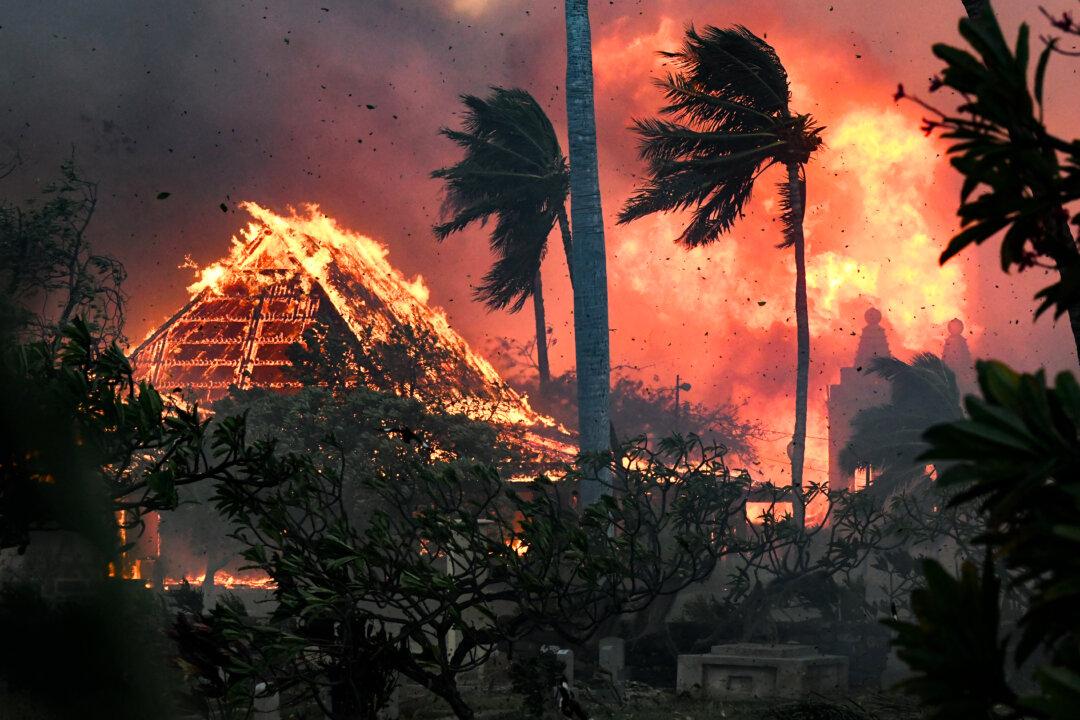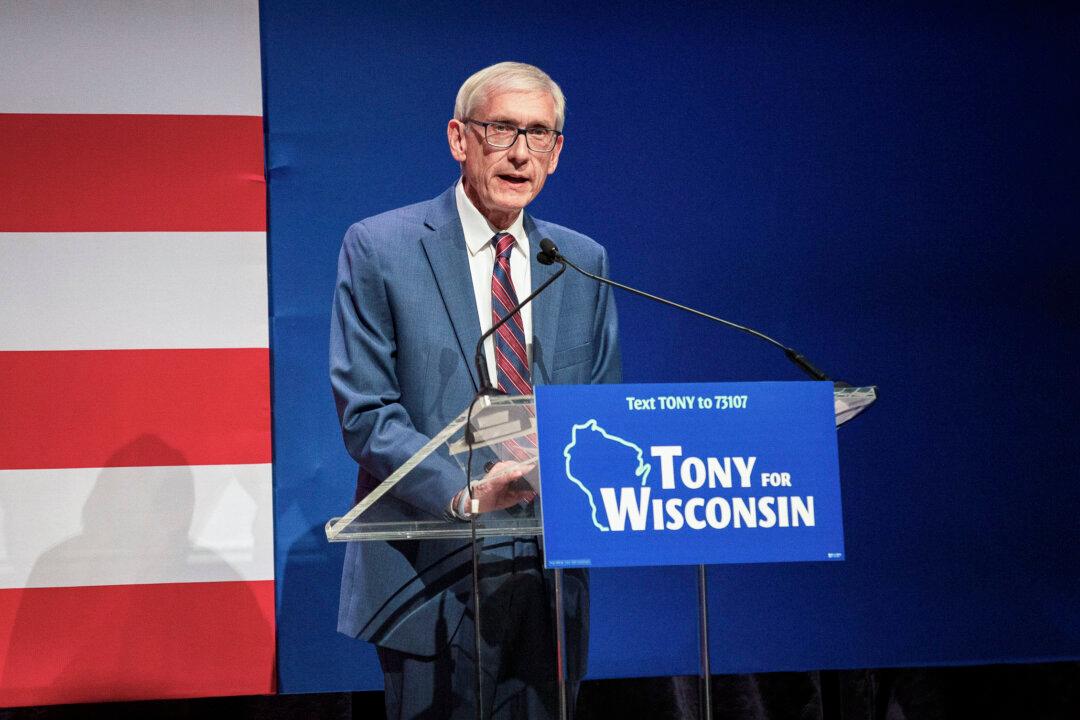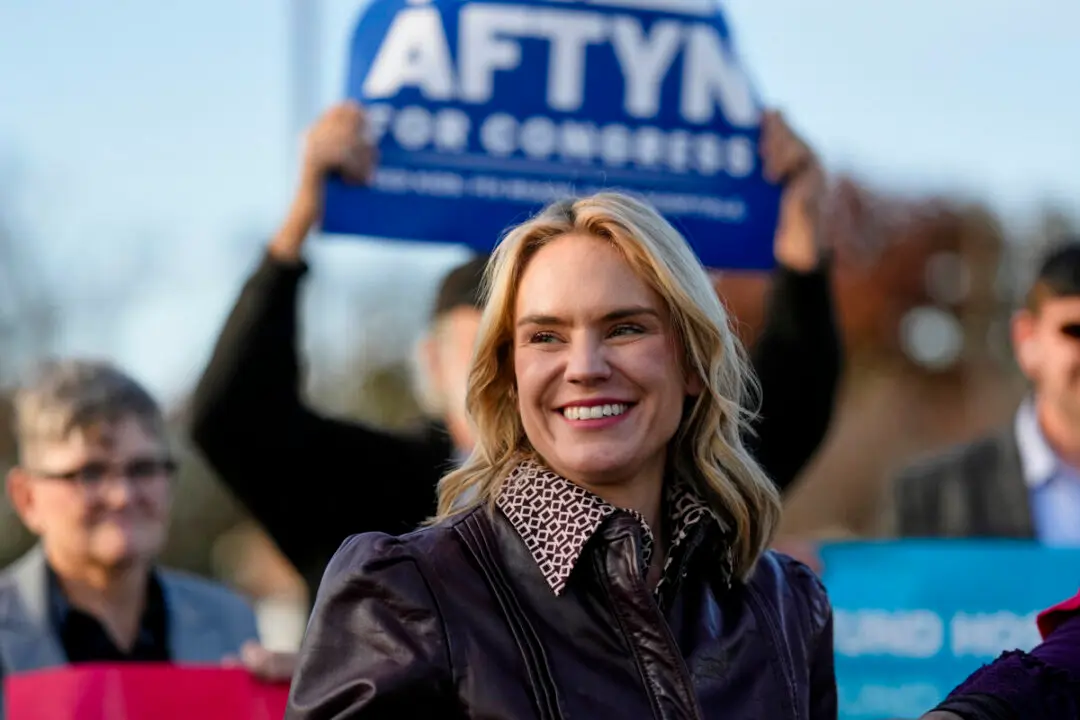The Hawaii Supreme Court has ruled in favor of finalizing a $4 billion settlement meant to resolve numerous lawsuits related to the devastating 2023 Lahaina wildfires. The unanimous decision, issued on Monday, dismissed objections from insurers seeking reimbursement for payouts they made to affected homeowners and businesses in the historic port town.
Insurance companies had attempted to block the settlement to recoup property damage payouts they had made from those deemed responsible for the disaster, including the local governments and the electric power company whose equipment may have caused the fires. The ruling prevents insurers from independently suing third parties found liable for the disaster.





